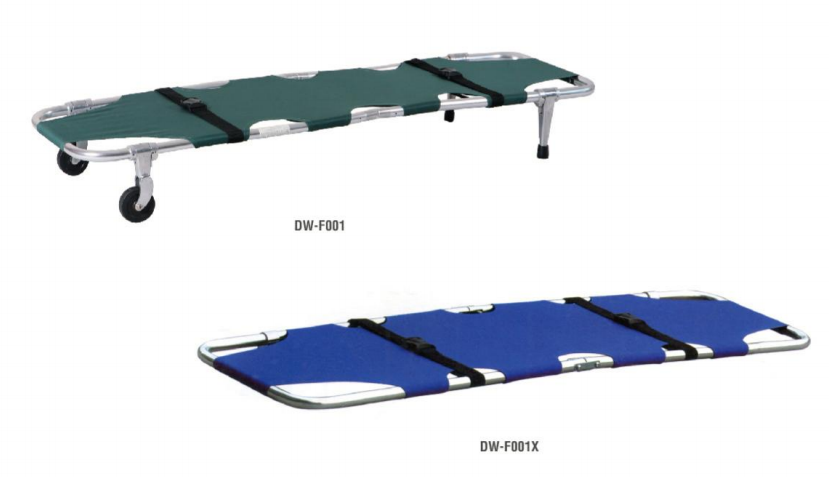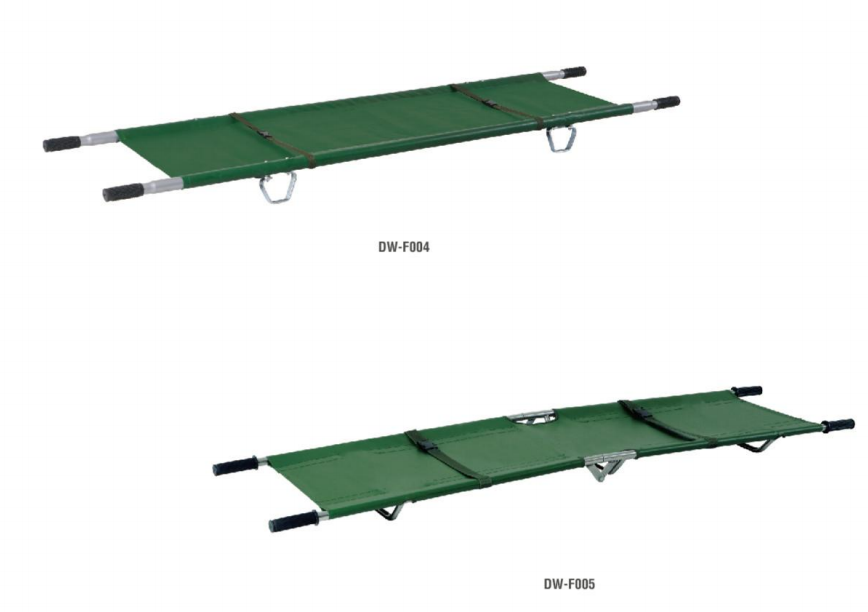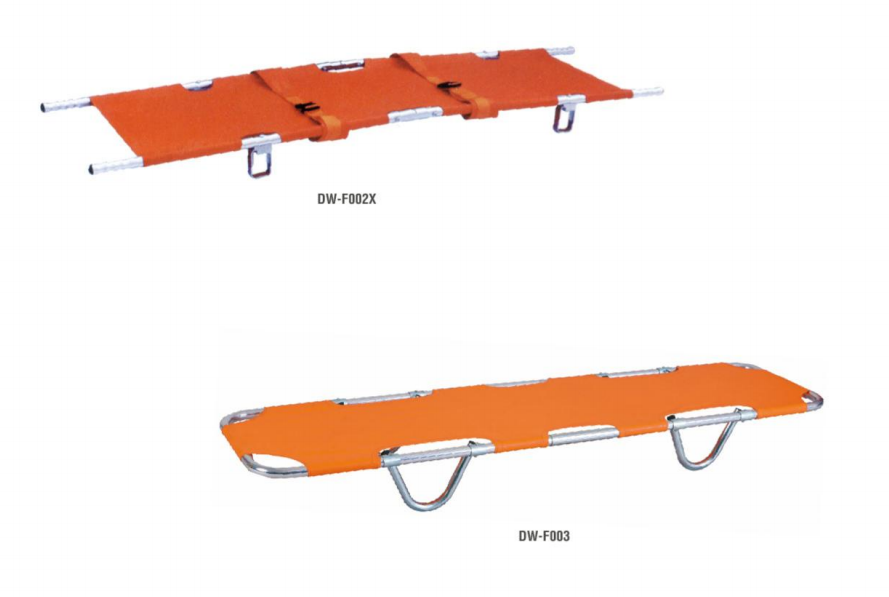How Emergency Stretchers Work in the Real World
Emergency-room stretchers are not just beds on wheels. They are built for the chaos of a busy hospital, where seconds matter and every bump in the hallway can rattle both staff and patients. The best models blend solid steel guts with smart tech youll barely notice until you need it.
What Designers Care About Most
Speed tops the list. A caregiver should be able to crank the height, fling the restraints, and lift the rail in one smooth motion, even with one hand. That calls for hydraulic levers that feel almost weightless, quick-release straps that dont tangle, and a frame stout enough to survive two shifts of adrenaline. When a trauma patient slides on, the gear had better be ready; clamping spinal boards directly to the frame and tossing in shock-absorbing wheels makes sure of that.
Tech Meets Tired Backs
Modern stretchers are part bed, part gadget cart. IV poles snap in, defibrillator trays fold out, and electronic load cells whisper the patients weight so the drug dose is never a guess. Imaging transfers lose precious seconds, but if the frame is radiolucent and readout cables are already stowed, that delay shrinks. Caregivers appreciate toss-in features too: power steering for narrow hallways and footplates that flip up without bending. It all sounds small until ten hours have flown by.
Keeping Germs on the Outside
Cleanliness is non-negotiable after the flu or a bad fall. Stainless seams and coated foam stop fluids from sneaking inside, and every cushion unclips with one tug so it can be bleached or tossed. Drawers built into the chassis hold scissors, tape, and sterile gauze, which means triage supplies never live in a locker across the room. Some models even chirp GPS pings so dispatch knows exactly where the rig-and its patient-is stuck in traffic.
Rules That Hold Up Under Pressure
Every serious maker runs tests to match ISO 17890 and IEC 60601-1 guidelines. Those stamps are not marketing fluff; they prove the little things like wheel brakes and quick-fold hinges will not bail when the lights are off. It's a comfort for nurses and paramedics who just want the next run to feel routine, even though they know nothing ever really is.
Better gear cuts down the minutes it takes to move a patient. Shorter waits save lives.
Good design also keeps doctors and nurses safer while they work, so fewer staff wind up hurt during a hectic shift.


